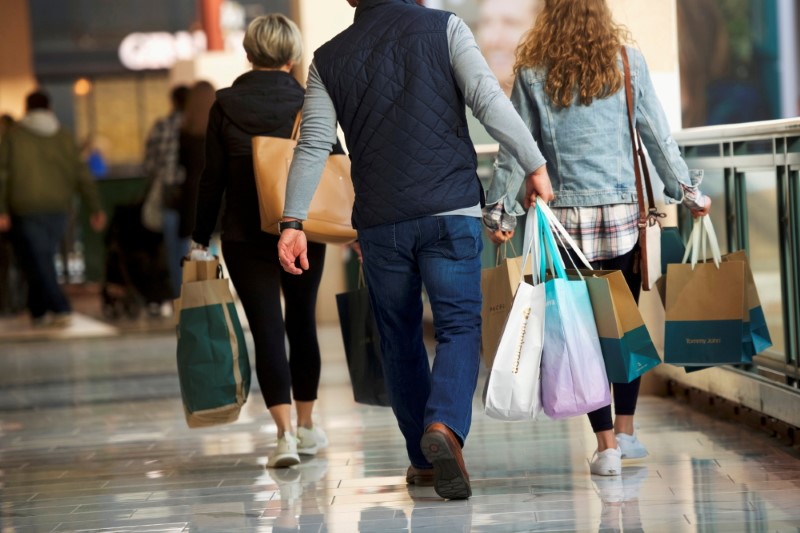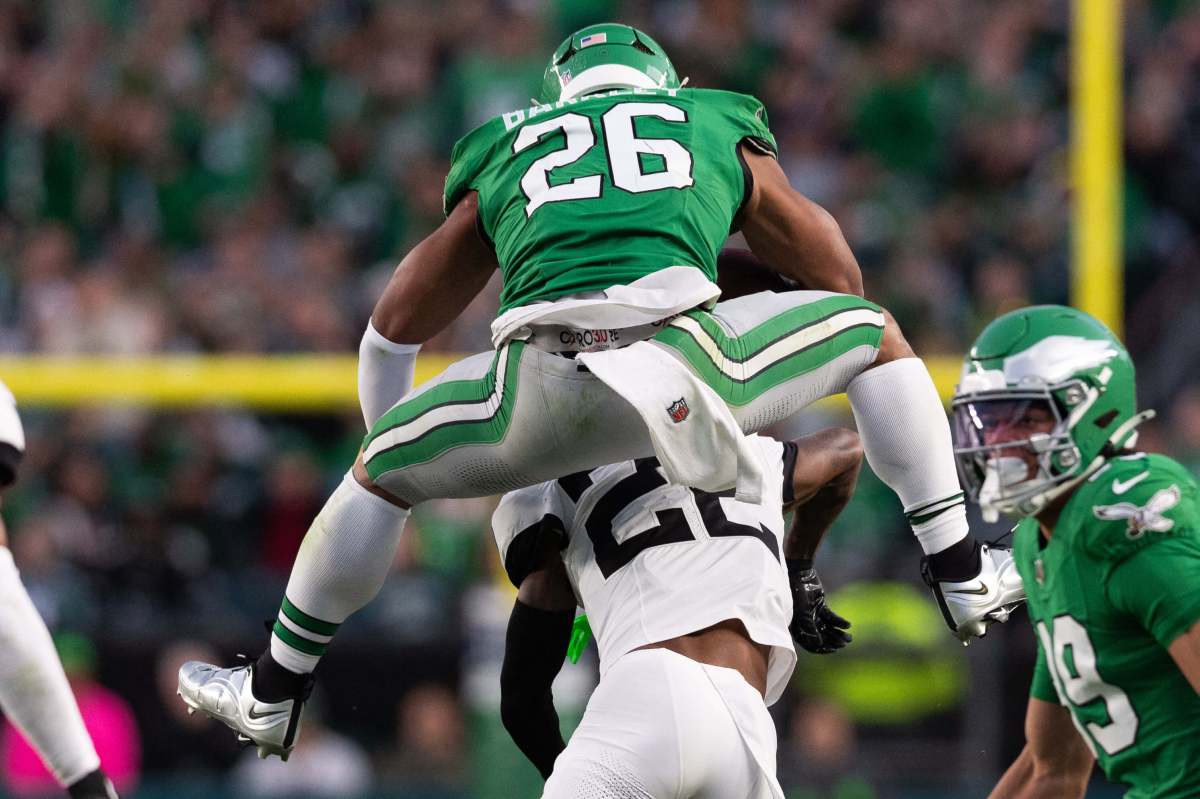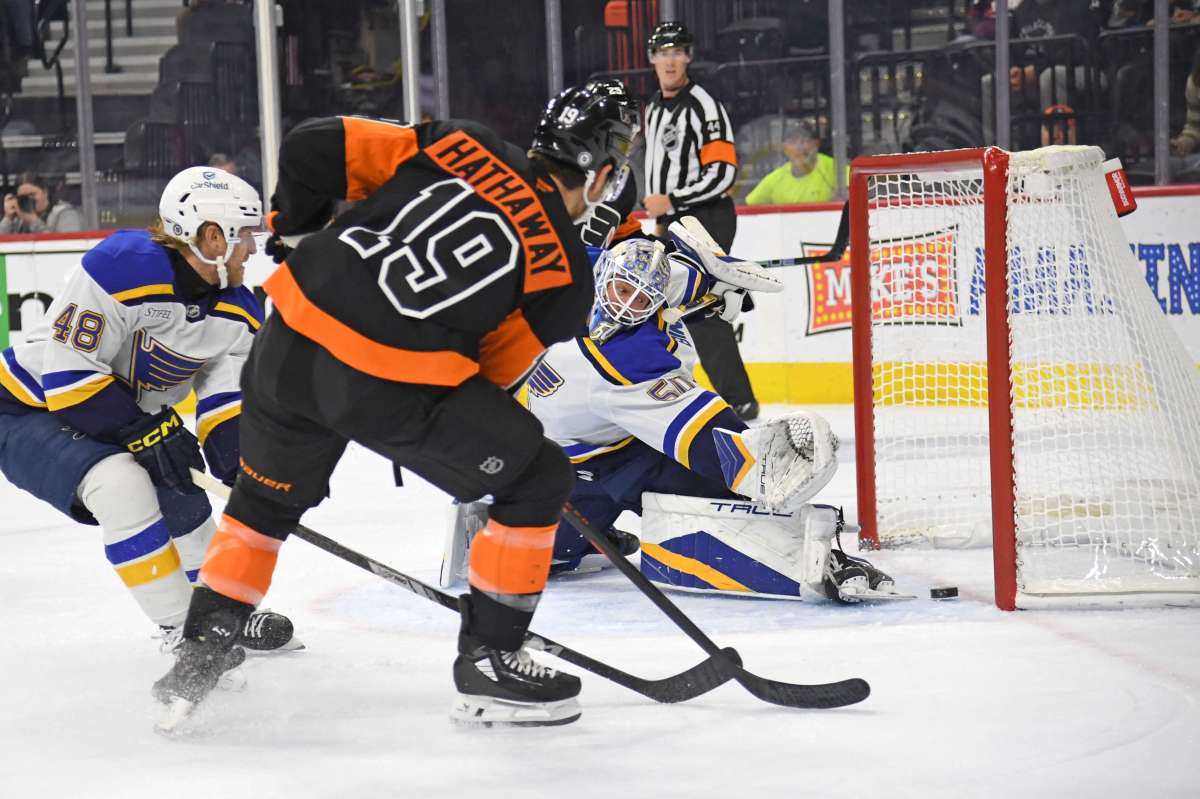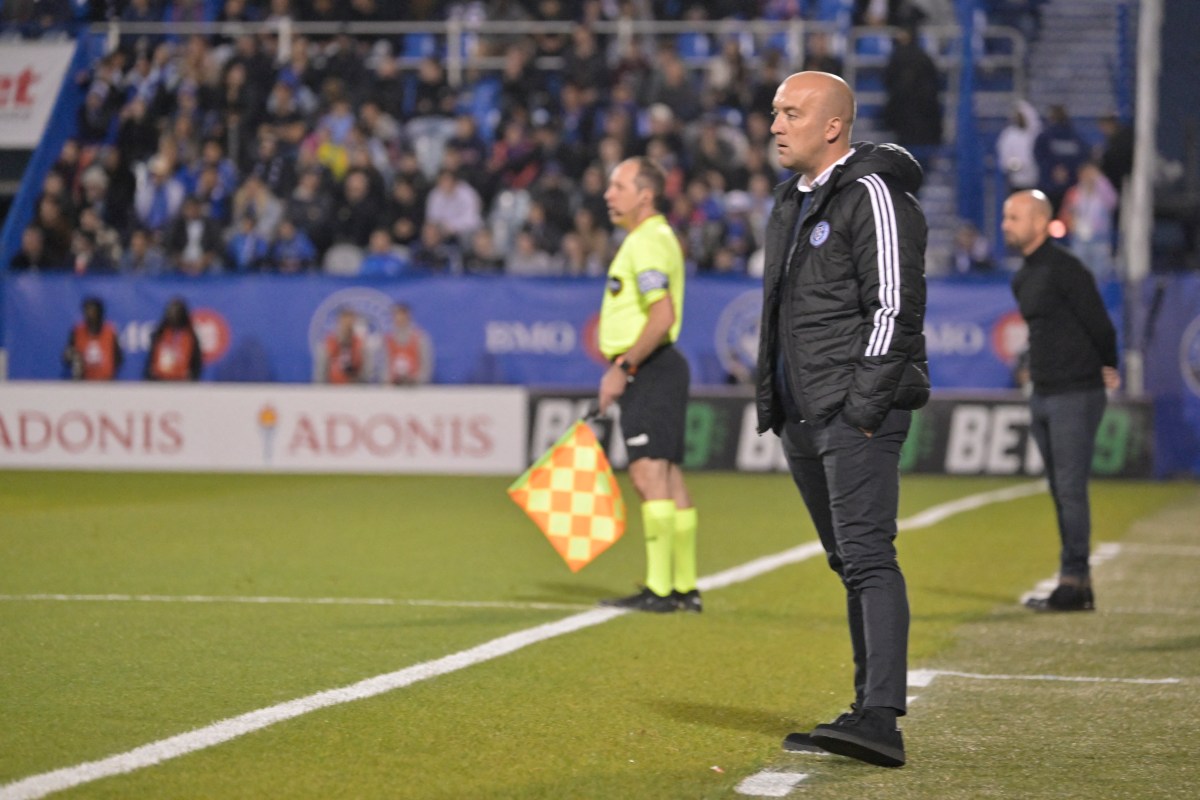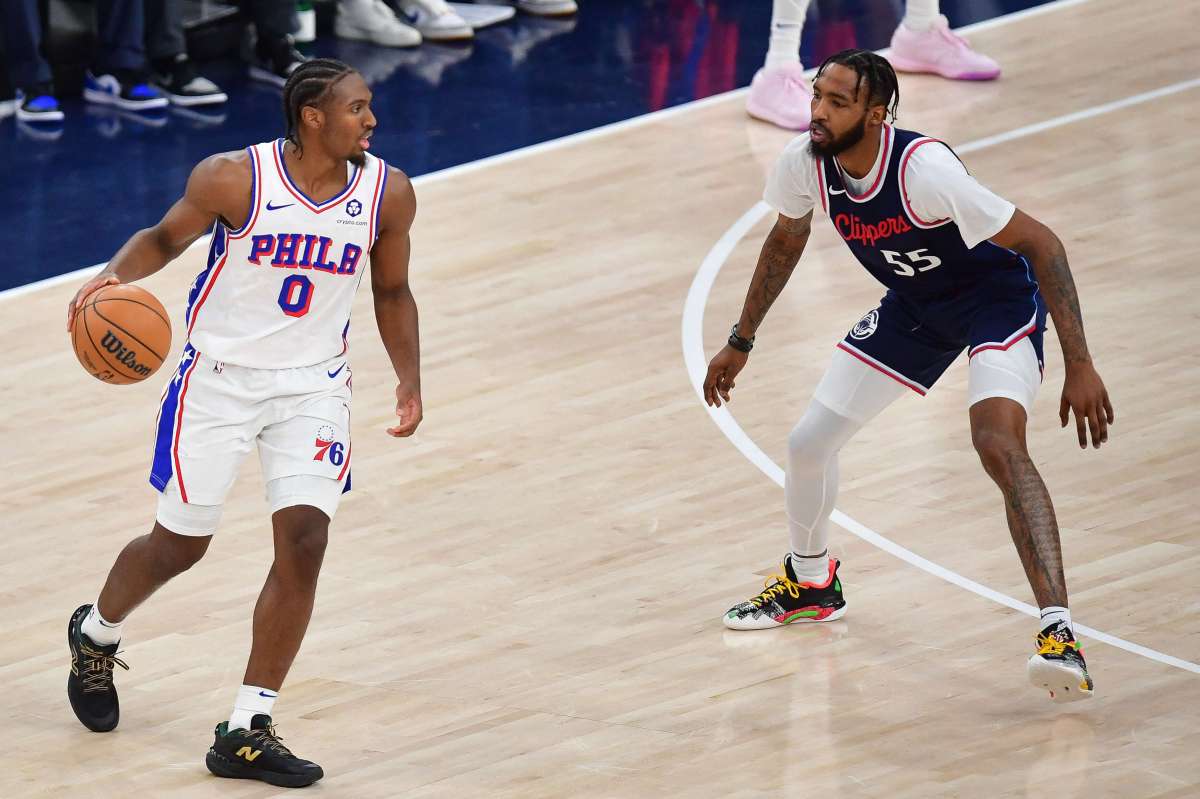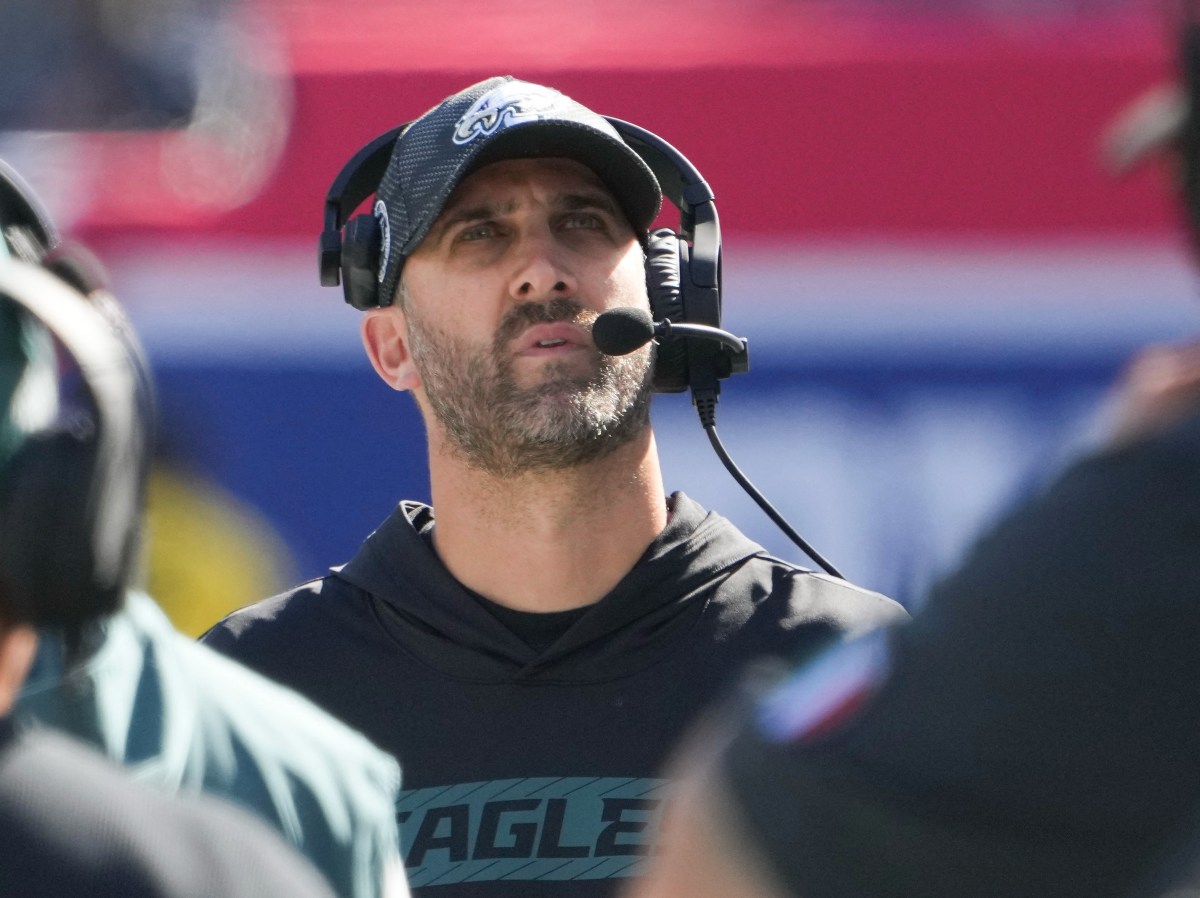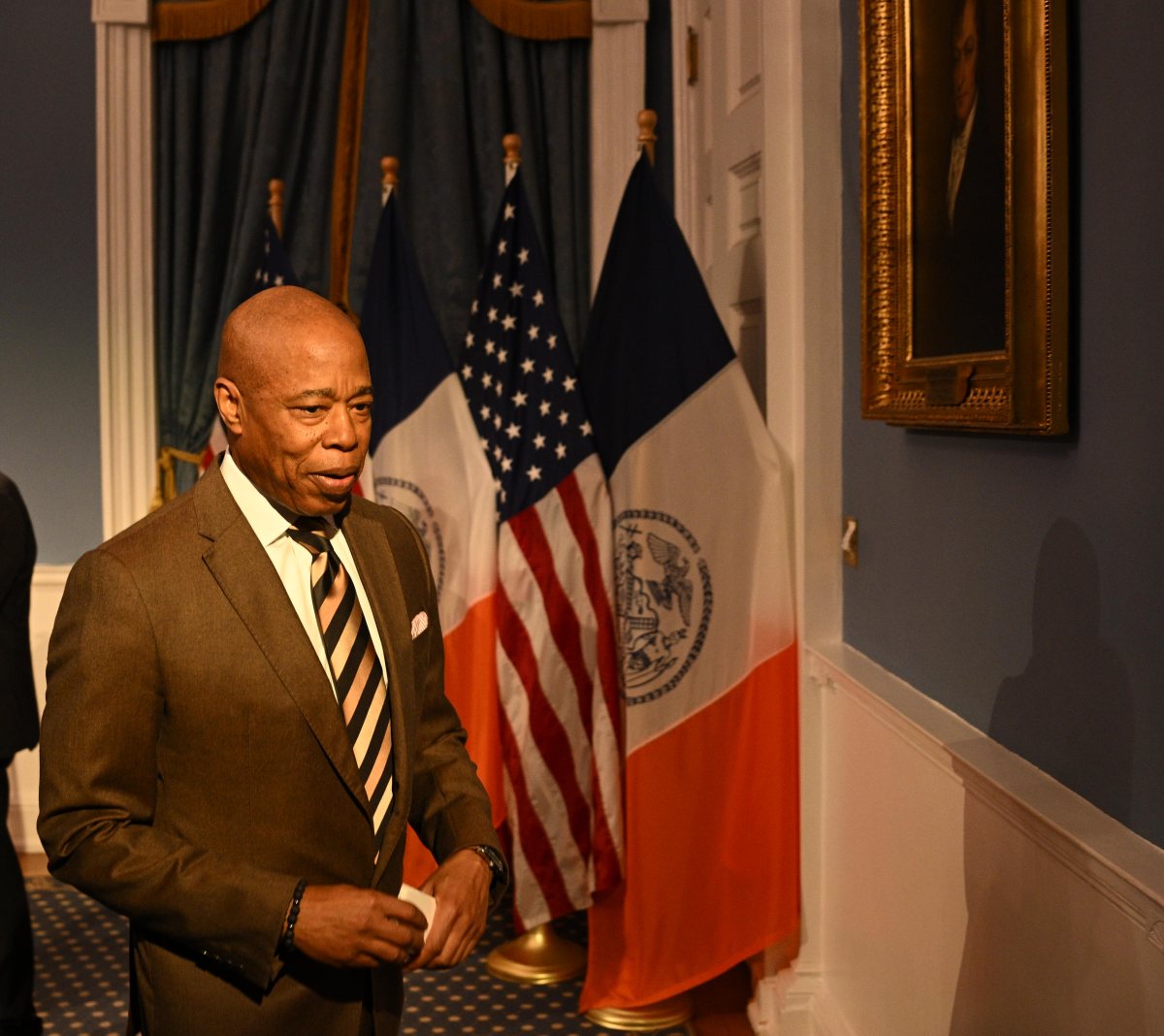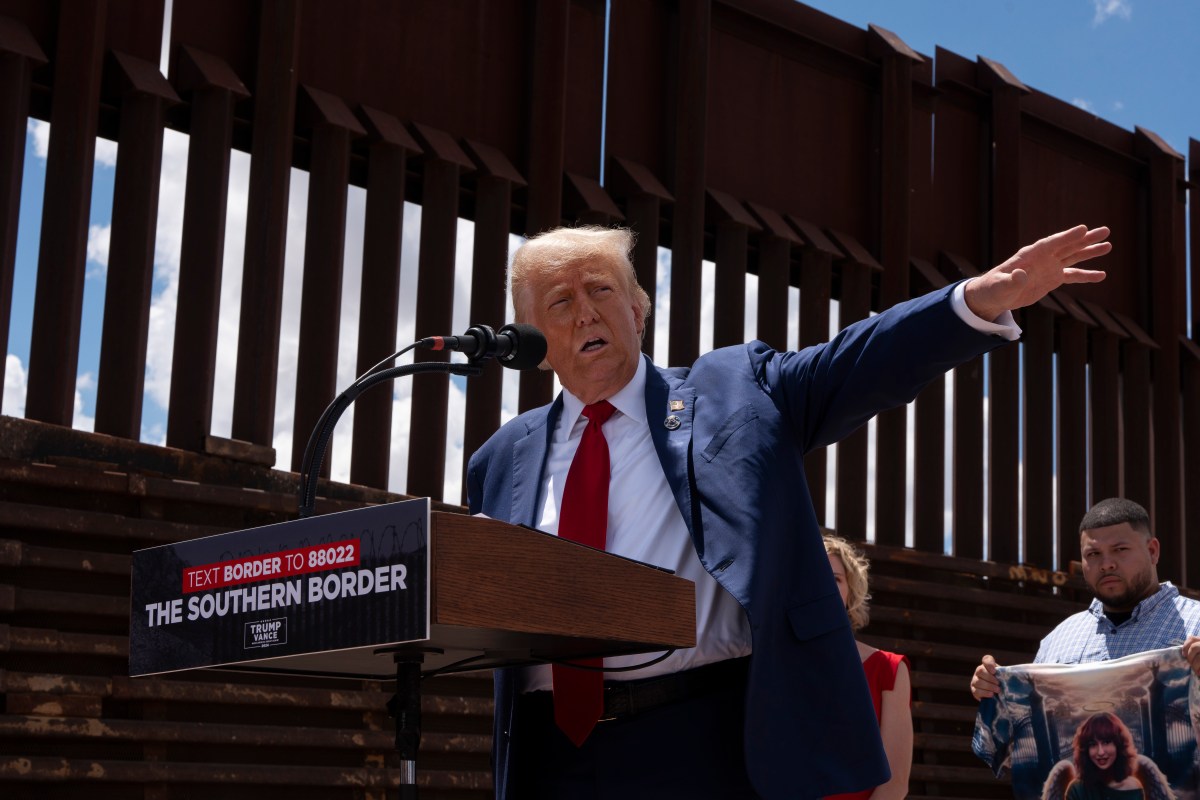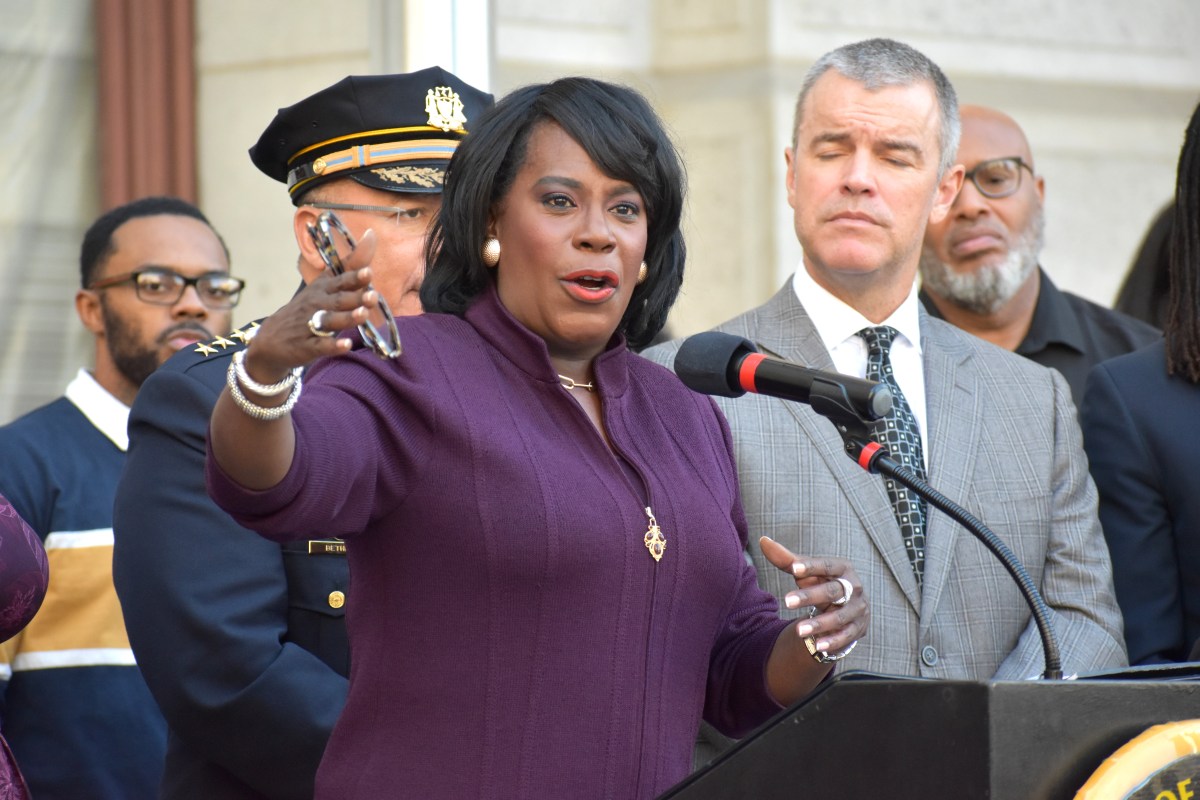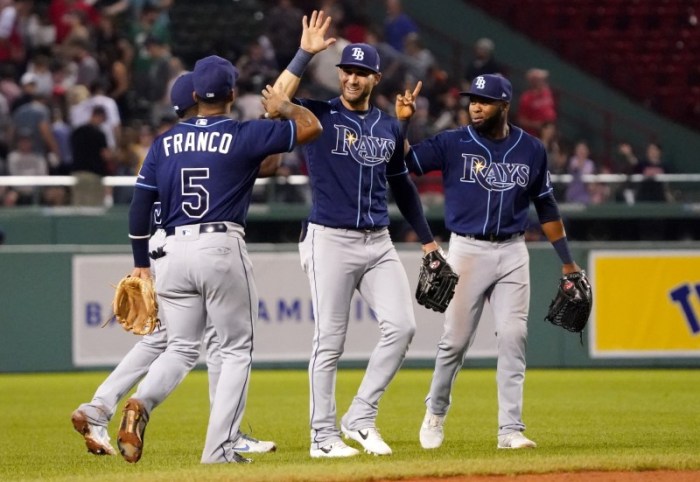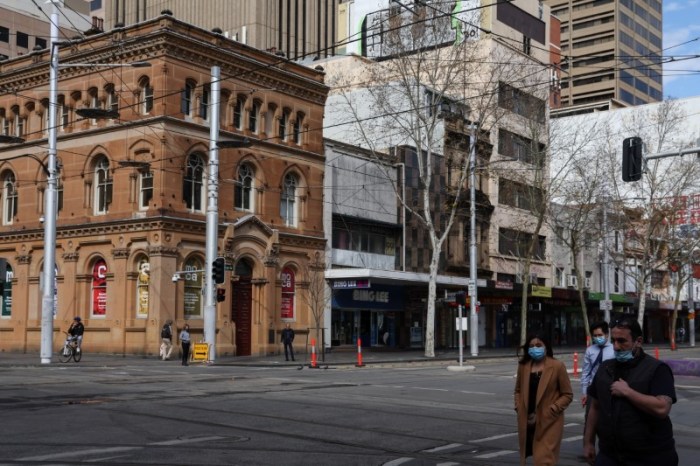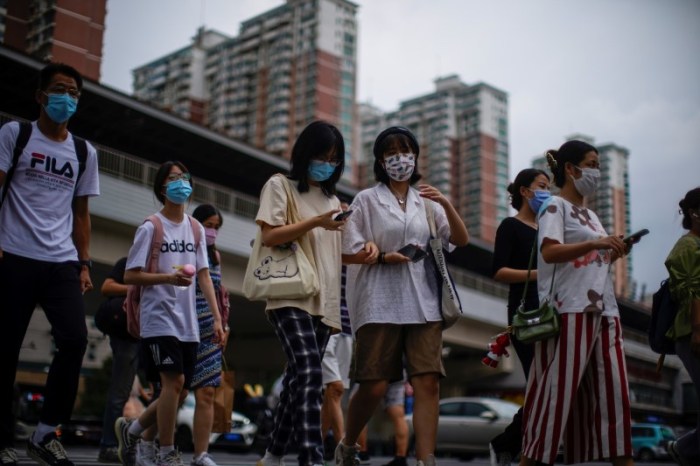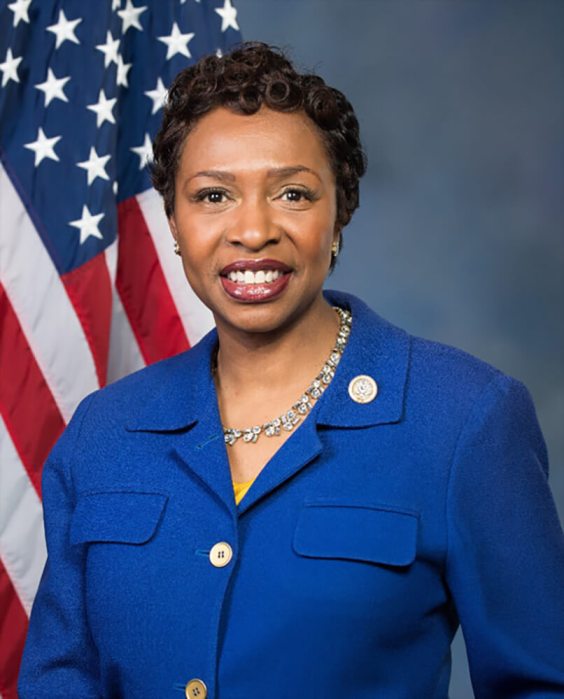WASHINGTON (Reuters) -U.S. consumer prices increases slowed in July even as they remained at a 13-year high on a yearly basis and there were tentative signs inflation has peaked as supply-chain disruptions caused by the pandemic work their way through the economy.
The data could provide some support to Fed officials who have repeatedly said that the current burst in inflation is temporary and likely to fade as the handful of categories that have caused inflation to surge in recent months get back on an even keel.
The consumer price index increased 0.5% last month after climbing 0.9% in June, the Labor Department said on Wednesday. In the 12 months through July, the CPI advanced 5.4%. The drop in the month-to-month inflation rate was the largest in 15 months.
Price gains for used cars and trucks, which have accounted for an outsized chunk of the inflation boost in recent months, rose 0.2%, a sharp drop from the 10.5% increase the prior month. Prices for airline fares also edged down 0.1%.
Excluding the volatile food and energy components, the CPI rose 0.3% after increasing 0.9% in June. That was the smallest gain in four months and the first deceleration in the so-called core CPI since February.
The core CPI rose 4.3% on a year-on-year basis after advancing 4.5% in June. Annual inflation rates have been lifted by the fading out of last spring’s weak readings from the CPI calculation but those so-called base effects are leveling off.
Economists polled by Reuters had forecast the overall CPI would rise 0.5% and the core CPI would rise 0.4%. U.S. Treasury prices slipped following the release of the data.[US/]
“It fits the Fed’s narrative and they can pretty much stand pat on their current strategy,” said Jack Ablin, chief investment officer at Cresset Capital Management in Chicago.
AS SOME PRICES EASE, OTHERS RISE
The U.S. Federal Reserve is paying close attention to price pressures as it mulls when to begin to reduce its massive bond holdings and how soon to begin lifting rates from near zero. It also remains on the lookout for any signs that price pressures may broaden.
Inflation “seems to have crested” and should drop back in coming months, Richmond Fed President Thomas Barkin told Reuters in an interview on Wednesday.
Even if inflation has peaked, it is expected to remain elevated through part of 2022. There were also possible hints that the rise in price pressures may not fall back rapidly as other sectors saw price gains holding or accelerating.
New vehicle prices rose by 1.7%, the third straight month of gains above 1.5%. A global semiconductor shortage which has held back auto production has stripped automakers of inventory and could continue to cause price gains in the months ahead.
Prices for shelter and energy also increased while the recent jump in bar and restaurant prices showed no sign of a slowing. They rose 0.8% in July, the fourth month of accelerating gains, and an indication that a continuing shortage of workers and rising wages are being passed through.
The swiftness of the economic recovery has caused a mismatch between supply and demand with consumers bolstered by low interest rates and nearly $6 trillion in government relief.
The U.S. vaccination drive, with nearly 170 million Americans immunized against COVID-19, and the arrival of summer with less restrictions compared to last year, have caused a surge in demand for airline travel, hotel and motel accommodation. Hotel room rates rose by 6% in July.
The Fed’s preferred inflation measure, the core personal consumption expenditures price index, jumped 3.5% in June, the largest gain since December 1991.
(Reporting by Lindsay Dunsmuir; Editing by Nick Zieminski and Chizu Nomiyama)

